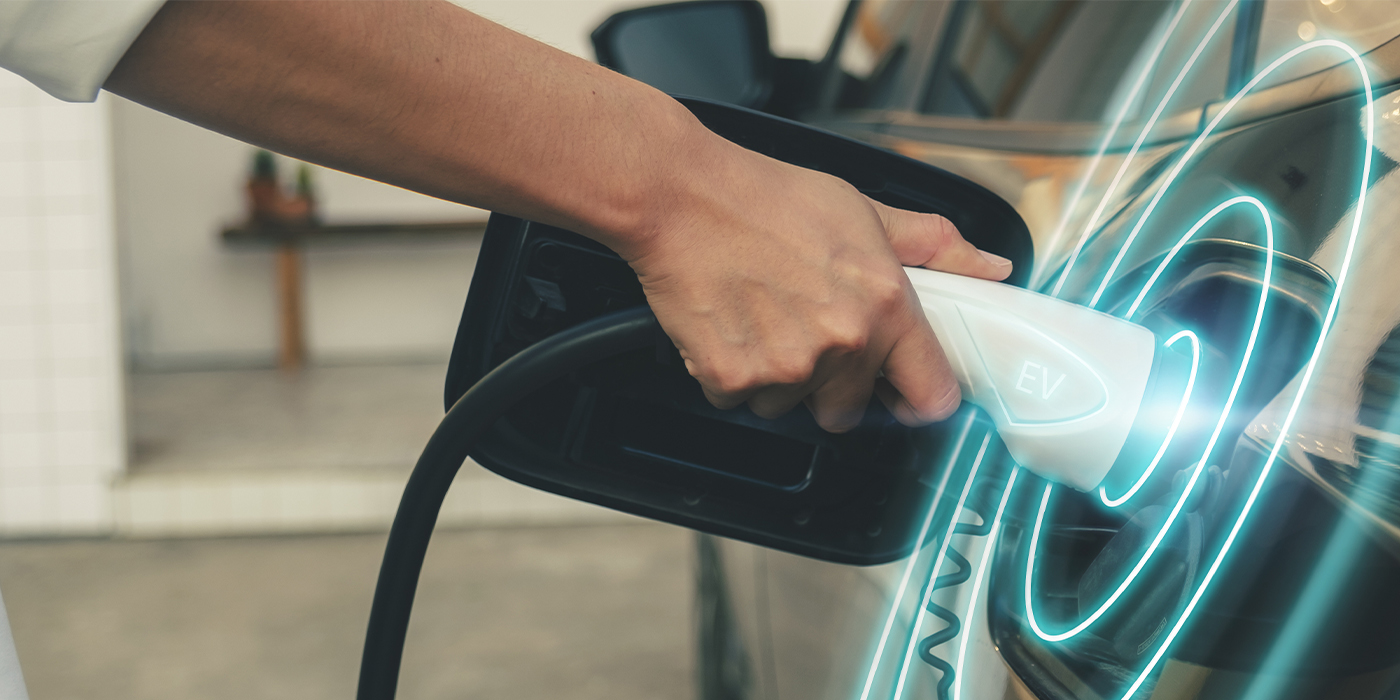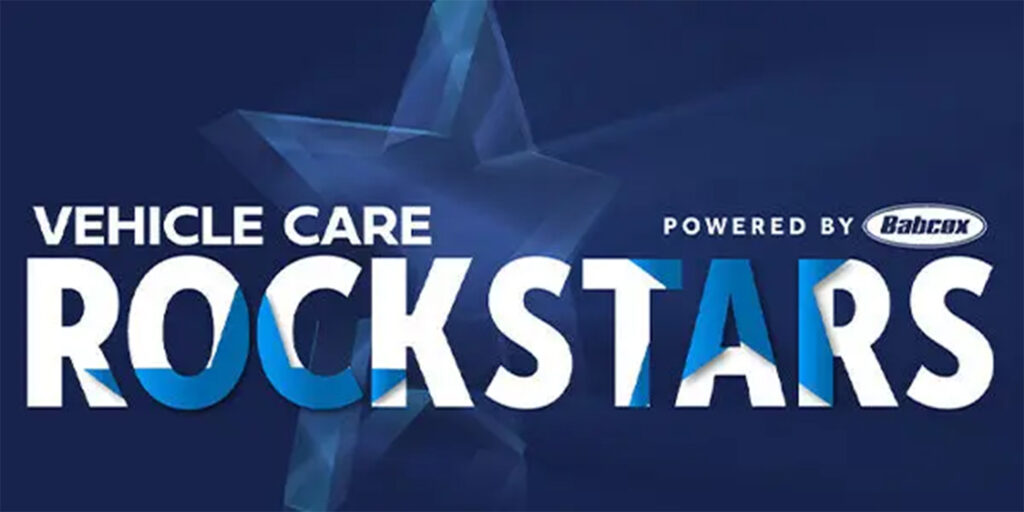Turning the page to 2018, who would have guessed that automobiles could one day drive themselves via global position sensing, video cameras and radar? And, who would have guessed that repairing the mechanical descendants of the horse and buggy has now evolved into rocket science?

Looking into 2018, it doesn’t take any leap of logic to see that the average import vehicle is becoming more reliable. The net effect is that the average import shop probably won’t see as many electronics-related pattern failures during the vehicle’s first 100,000 miles as it did a decade ago.
Import vehicles are also becoming incredibly complex electronically, not only in convenience and comfort features, but in safety features, as well. Case in point, a local wheel alignment and brake shop owner recently told me about some of the safety and liability issues involved with active braking, lane-change and other safety-related systems. According to him, a typical example is the apparent lack of specifications and procedures for aligning the safety-related sensors on some new Audi vehicle in his alignment machine’s software. Yes, he can align the wheels, but cannot align the collision avoidance sensors, which leaves him with a potentially huge safety liability.
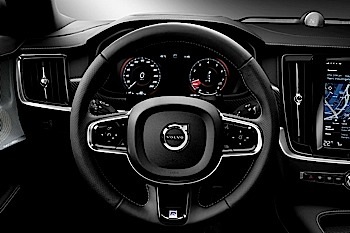
Electric Is The Word
The big news flash is from a recent press release by Volvo that reads: “From 2019, every Volvo will have an electric motor, marking the historic end of cars that have only an internal combustion engine.”
Let’s digest that statement for a moment. I believe it says, “All next-generation Volvo drivetrains will be driven by battery or hybrid-powered electric motors.” If that isn’t a major change in our industry, I don’t know what change might be.
In the meantime, all major auto manufacturers are building a full line of electric vehicles (EVs), not to mention improved variations of plug-in hybrid and stop/start technology. According to some sources, stop/start technology might comprise a major share of 2018’s total passenger vehicle production.
While the current EV market share is in the single digits, we can figure that autonomous vehicles used in metro area applications like taxi and delivery vehicles will proliferate EV technology primarily because EVs require much less scheduled maintenance and function well in limited environments.
On the other hand, innovative manufacturers like Mazda are re-inventing the internal combustion engine (ICE) to compete with electric vehicles (see ImportCar’s December 2017 issue), especially in rural areas where an EV’s limited range makes them impractical. Is this a complex service market or what?
What We Know
In our current service market, we know that vehicles are becoming very complex. We also know that we are looking at a looming shortage of qualified automotive service technicians. Looking at vocational placement and retention statistics, we know that trade schools have been graduating more entry-level technicians than the independent sector can absorb. We also know that most of our industry doesn’t support cooperative internship programs that allow students to gather hands-on work experience in step with their classroom training.
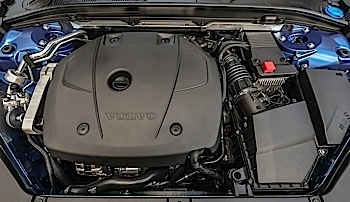
We also know that we often fail to retain entry-level technicians due to a flat-rate pay system that fosters an “every man for himself” work ethic. That ethic results in a reluctance of senior technicians to spend productive time training entry-level technicians. Looking from the modern context, shops working under an early 20th Century management model can expect to fail. However, shops working under a 21st Century business model that emphasizes team-player work environments with internships, good compensation and good benefits can expect to succeed.
What We Need To Know
We need to know that our current vocational education model is very much task-based. In the modern context, and in my opinion, learning specific tasks is becoming less important than learning foundational knowledge. For example, teaching task-based skills like wheel alignment is important. But teaching foundational knowledge like how an electronic module might rationalize several data sets to store a single DTC in its diagnostic memory is even more important, especially with modern electronics-based vehicle platforms.
We also need to know that modern technicians require a much better education and a far more diverse set of thinking skills to repair modern platforms. In our current aftermarket education model, we’re using a “one size fits all” training concept in which we have entry-level technicians who are overwhelmed with technical trickery sitting next to advanced technicians who are bored to tears.
We also need to know that formal education is presented as sequential and in an order of ascending difficulty, which are qualities lacking in most of our current industry training. But the economics of teaching sequentially rational classes in an order of ascending difficulty is a tough nut to crack because class attendance is usually low. And, many shops attempt to solve their training problems by recruiting well-trained technicians from other shops.
We also need to know that this wellspring of trained technicians is running dry due to an aging workforce and a lack of career incentives. Many other better-paying labor markets, like heavy-duty truck and equipment maintenance, are recruiting from the same labor pool for talented and well-educated entry-level technicians. And, due to the flat-rate pay system used in many independent shops, our graying workforce has little opportunity or incentive to transfer its hard-won wisdom to our new recruits.
Turning The Page
But what are the trends in advanced vehicle diagnostics? Just my observation, but with the addition of numerous safety, comfort, entertainment and convenience systems, plus the intricacies of the connected vehicle, the advanced diagnostic tech will likely be doing more body control than driveability diagnostics. That said, the sheer volume of skills and information required to diagnose any single body control issue would make it very difficult to train and equip for dozens of different vehicle platforms. This begs the question of specialization, which greatly reduces, on a per-vehicle basis, the costs of training and information, not to mention the companion costs of equipment acquisition, maintenance and depreciation.
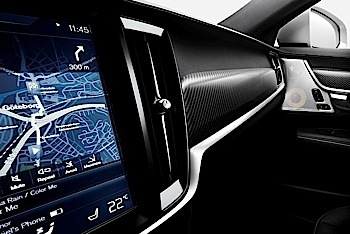
Due to the economies of scale, my sense is that large shops would do well to maintain a salaried diagnostic specialist. Larger shops might also find it easier to recover labor costs and amortize equipment investments by employing a full-time advanced diagnostics technician. While smaller shops often can’t make full use of a full-time advanced, diagnostics-only technician, they can make the most of their existing diagnostic skills by focusing their training, information and equipment acquisition dollars on providing bumper-to-bumper service for one to two vehicle manufacturers.
It’s not a perfect world because local customer demographics and area economies determine how any shop structures itself for optimal profitability. It’s also apparent that a lack of training isn’t the underlying cause of our current technician shortage.
Instead, let’s take a good look in our professional mirror when it comes to establishing employee expectations and setting pay schedules. We’re simply not going to get a master technician’s performance when we’re paying an assistant’s wages. The advanced diagnostic technician also has his own overhead in the form of after-hours education, research and study. In short, the quickest way to solve the technician shortage problem is to, “Pay them and they will come.”
Beyond Nuts And Bolts
When choosing advanced aftermarket training, time and distance equals money. We can’t be two places at once, nor can we absorb large volumes of information in short periods of time. So, let’s choose wisely how we spend our time and training dollars because some training classes are an investment, some not so much. Before you sign the dotted line for any training class, let me offer a few insights as to how most aftermarket training is structured:
1. Service-Ready Training: In most cases, “service-ready” training prepares technicians to service vehicles currently under a manufacturer’s warranty. In most cases, these are day-long classes. That said, I’ve always found that it’s hard to retain training that I’m not likely to use in the near future. Sometimes service-ready training works, sometimes it’s simply too much information delivered at the wrong time.
2. Update Training: It never hurts to get an occasional overview of emerging technology. Technical update classes are normally offered by import parts suppliers through trade shows and trade associations. They’re usually taught in four-hour segments and deliver general information about how to equip for and service new technology. Keeping tabs on the future never hurts.
3. Systems Training: Systems-based training on general topics like gasoline direct fuel injection is valuable because we need to understand how a system works before we can diagnose it. It also pays to know advanced lab scope and scan tool techniques before signing up for advanced classes. I tend to lean heavily on systems training because it’s transferable to many makes and models.
4. Vehicle-Specific Training: Since European and Asian manufacturers tend to differ in the way they apply current technology, vehicle-specific training is mandatory for the import specialist. Always take advantage of vehicle-specific training when offered by import parts manufacturers and suppliers in your locality. It will be time well spent.





